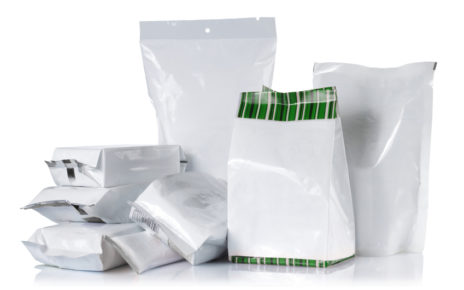Manufacturers in many industries often use vacuum chambers at different stages of product development and manufacturing. The different ways that vacuum chambers can be used in manufacturing help companies incorporate or enhance the use of vacuum chambers in their processes to ensure reliable end products.
What is a Vacuum Chamber?
Vacuum chambers remove air and pressure from tight spaces and test the effects of vacuum on parts, materials, components and assemblies. It can also be used to test the performance of production applications.
In the aerospace and aerospace industries, vacuum testing determines the ability of parts to withstand pressure and vacuum. Air movement to different parts of the world may require tests to assess package stability. These types of tests help establish the quality and durability of the product.
Vacuum Chamber Types:
Vacuum chambers come in a variety of shapes and sizes, with only engineering know-how limiting their design.
- Box Vacuum Chambers
- Cylindrical Vacuum Chambers
- Spherical Vacuum Chambers
- 55 Gallon Drum Vacuum Chambers
- Bell Jar Vacuum Chambers
Uses of Vacuum Chambers:
Outgassing or drying materials – Reducing the pressure in a vacuum chamber alters fluid vapour pressure, transforming it from liquid to gas. This material phase change allows the removal of a liquid from the substance. It is typically used to dry or remove moisture from water-damaged objects.
High altitude simulations – Air pressure drops as altitude increases. By carefully managing the volume of air in a vacuum chamber, situations may be created at certain altitudes, allowing high-altitude simulation to be utilised in aerospace or aeronautics sectors to test goods and materials.
Plasma treatment of materials– Vacuum Chamber increases the ability to activate, clean, etch and install as part of the manufacturing process. By employing plasma treatment in a vacuum chamber, manufacturers may treat materials equally.
Laser research– It generates beam chamber vacuums to eliminate any particles that can impede the laser beam path.
Remove undesired odour from substance – vapours or gases produced from material create odours. Introducing the substance into a low-pressure vacuum system increases vapour or gas emissions with little to no fluid or odour source.
Vacuum storage – Moisture-sensitive materials or other atmospheric situations may be kept in a vacuum to prevent danger.
Lastly,
Although the many types of vacuum chambers and their usage have been briefly discussed here, one can always visit the website of LeDab vacuum Chambers if you are looking for an appropriate Vacuum Chamber for your needs.





